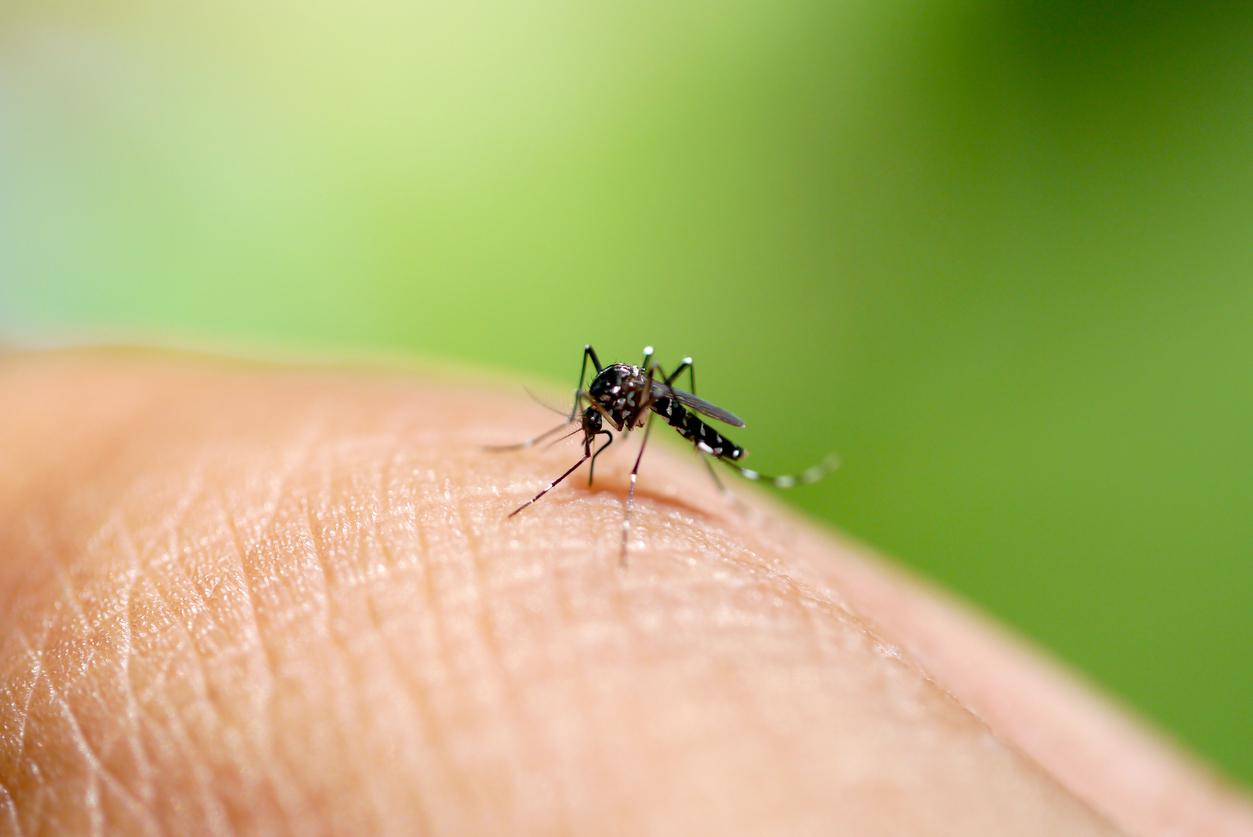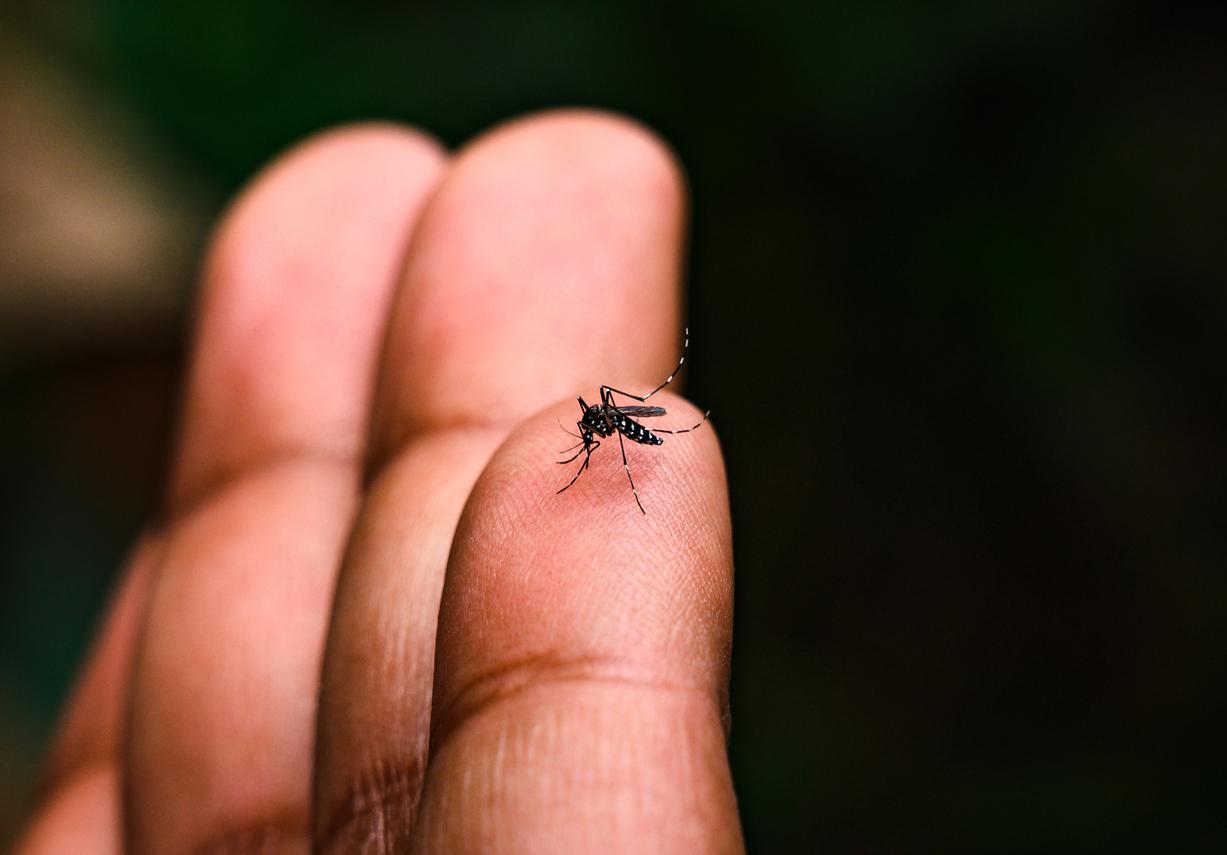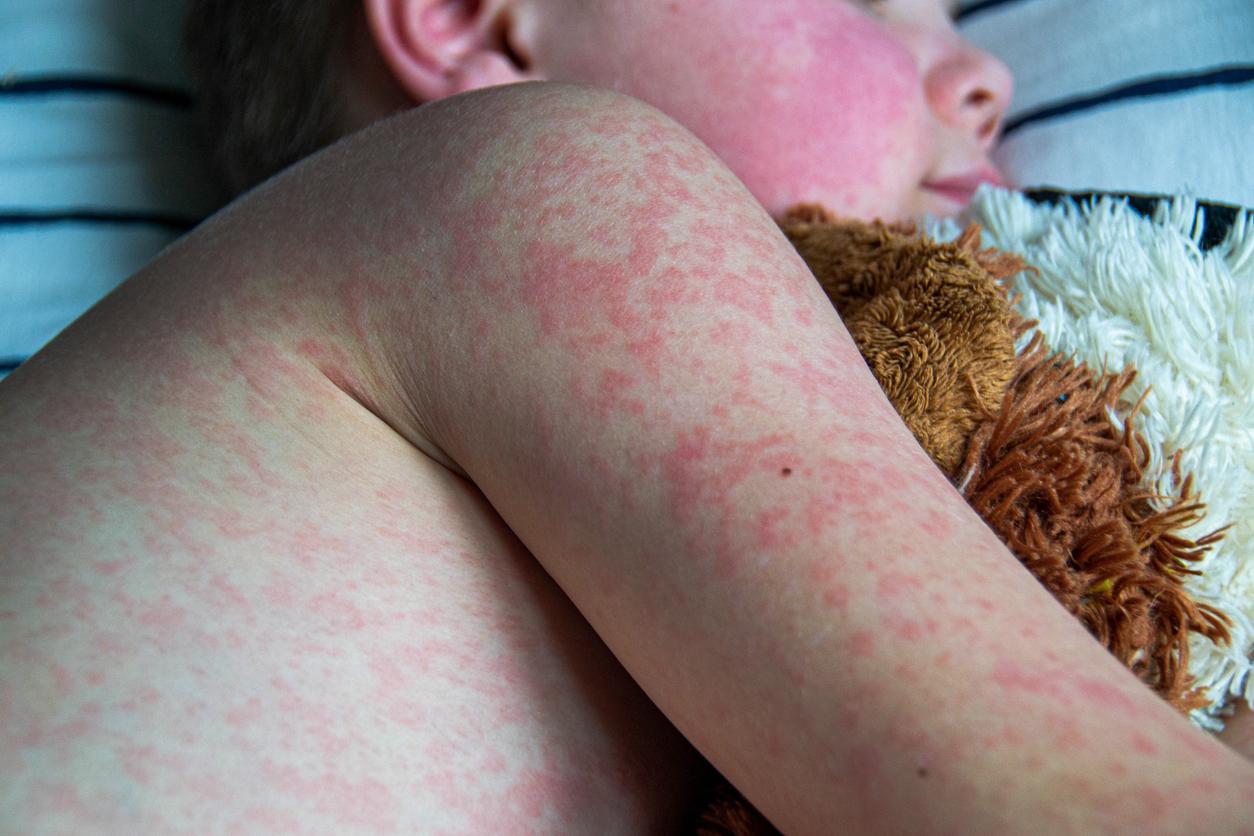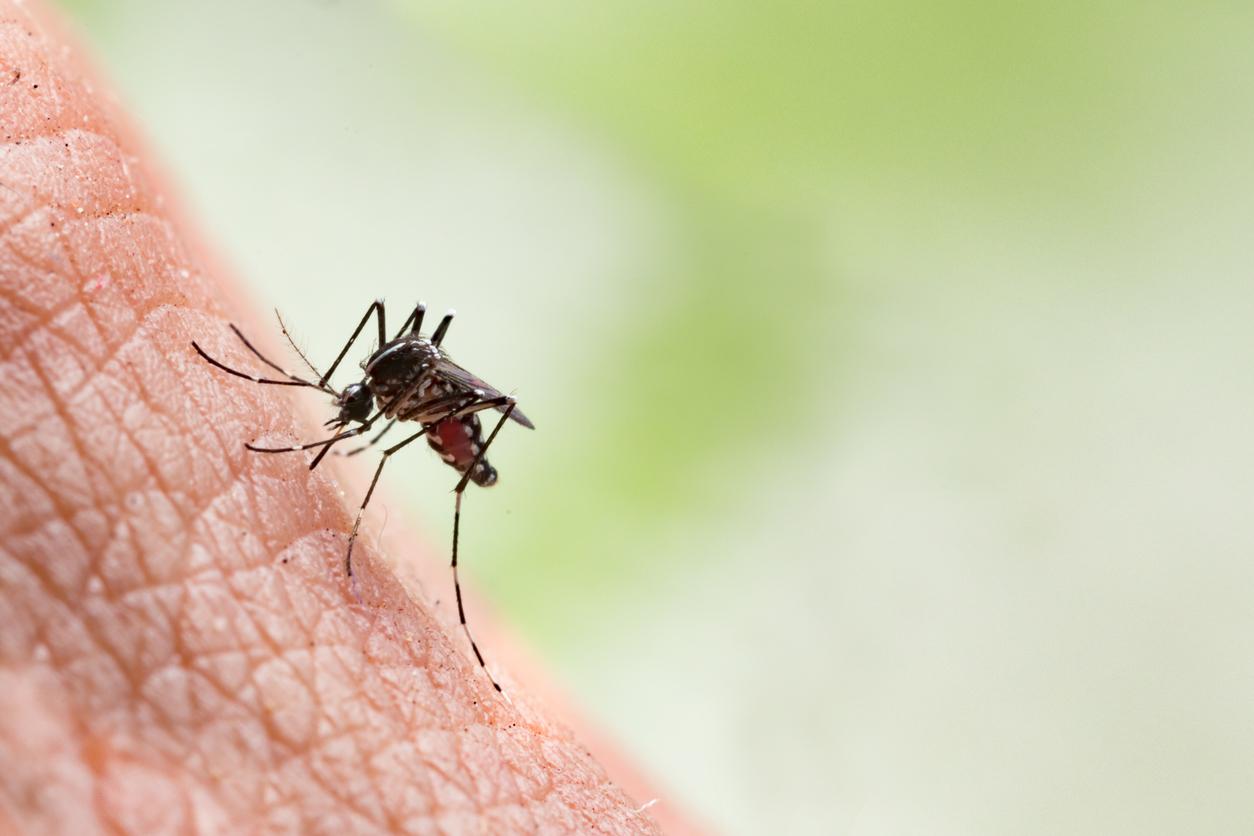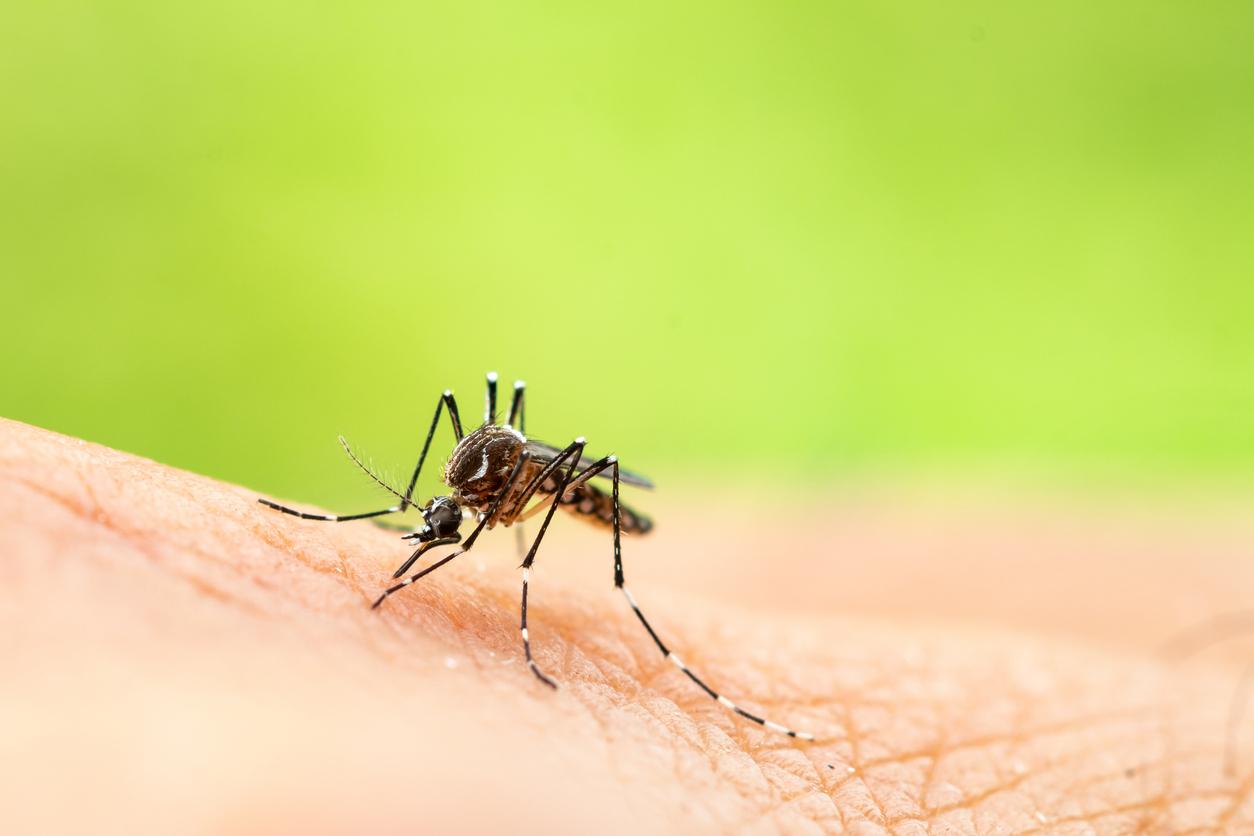A study recently published in the Bulletin of the World Health Organization (WHO) mapped cities around the world that are at risk of spreading yellow fever.

Whereas yellow fever continue to wreak havoc in Brazil, Canadian researchers have mapped all areas of the world likely to be affected. According to the authors of this study, researchers at St. Michael’s Hospital (Toronto), the deadly yellow fever virus has the potential to spread to cities around the world where it has never been seen before.
The routes of spread of the virus around the world have been identified from cross-analyzes of global trends in air travelers, environmental conditions that favor transmission of the virus in a city, and country requirements for travelers to provide evidence. vaccination against yellow fever at the entrance.
Assessment of new yellow fever outbreaks around the world
Published in the Bulletin of the World Health Organization, the research does not model a particular epidemic, but rather examines the potential for the yellow fever virus to spread between cities around the world. “Imagine a yellow fever epidemic like a fire,” said Dr. Kamran Khan, lead author of the study.
“Embers can fly in different directions, and if they land in the right place, they can create another fire. We have studied the global channels through which the yellow fever virus can spread, and the potential for further outbreaks. yellow fever in urban areas around the world, ”says Dr. Khan.
Brazil and China among the most affected areas
The team of researchers led by Dr Khan has divided the regions of the world into three categories: places where yellow fever is already raging, areas which appear to be suitable for transmission of the virus but where it has not yet been observed, and non-endemic places where the environment does not seem conducive to the spread of the disease.
The study shows that less than 35% of travelers leaving yellow fever endemic areas for cities that appear to be prone to yellow fever virus transmission were required to provide proof of vaccination upon entry.
Brazil, China, India, Mexico, Peru and the United States received the largest number of travelers from areas endemic for yellow fever. These countries are also home to the largest populations living in cities that appear to be prone to transmission of the yellow fever virus.
How is yellow fever transmitted?
Yellow fever is caused by arbovirus disease in monkeys in the equatorial forest. Transmitted from one monkey to another by mosquitoes, it is then transmitted to humans when they are bitten. “Now that we have a comprehensive view of how the yellow fever virus can travel between cities around the world, countries can review their policies to prevent the import of the yellow fever virus, protect travelers from the infection with the virus and, in turn, prevent its export to other parts of the world, ”Dr Khan said.
The doctor recommends that travelers keep abreast of current yellow fever vaccination requirements and have a thoughtful discussion with their doctor about whether or not they should receive the vaccine before leaving on a trip.
.







